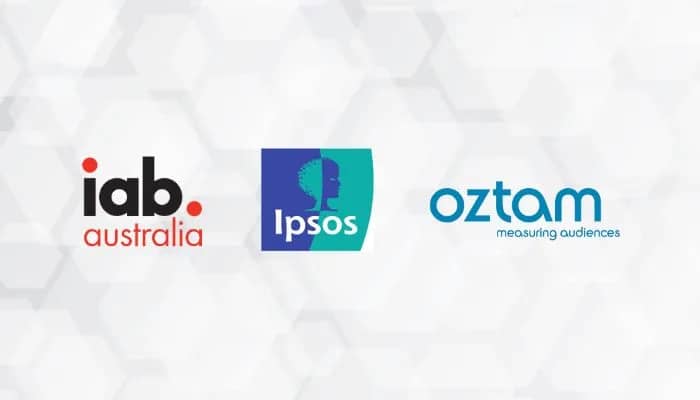The continued advancement of available technologies has added a hitch in the advertising industry, widely experienced by brands — the expanding number of channels needed to traverse in a single campaign. While technology undoubtedly greatly contributes to making campaigns easier, it also adds a degree of complexity in one aspect.
In MARKETECH APAC’s latest What’s NEXT in Marketing interview with StackAdapt’s Asia-Pacific vice president of sales, Liam McCarten shares how channel proliferation, whether deemed a minor issue or advantage, can be navigated with artificial technology (AI) to innovate campaign performance.
Means of attribution, measurement that empowers
There is a constant increase in marketing complexity as time passes, with customers gaining multi-channel journeys in their brand interactions across various touchpoints. As 2025 begins, attribution and measurement remain a priority.
More specifically, Liam suggests that multi-touch attribution models and incrementality and measurement solutions will continue to be at the forefront of innovation that will ensure a holistic view of the consumer journey, but with the added aspect of tracking offline conversions.
By prioritising solutions that address the current needs of marketers, Liam shares how this can empower brands beyond providing efficiency.
“One of the things that we focus on just at the product level is allowing our partners to make data-driven decisions with ease, so at the root of what we’ve built is a unified dashboard that allows our client to consolidate performance data across a number of channels,” Liam said.
“This provides clients with a comprehensive view of performance. It then allows them to make quick, informed, and real-time data decisions. This enables three core things: planning of advertising, execution of advertising, and analysis of their programmatic advertising campaigns,” he said.
Apart from using the company’s own data to deliver this, StackAdapt works with its partners for third-party data, enriching its analysis of audience behaviour and campaign performance.
“At StackAdapt, we’ve developed a number of in-house tools that measure across the funnel. Something that we’ve built is StackAdapt Football Attribution. This helps brands and agencies track offline impact, thus allowing them to understand how online ads drive offline outcomes, such as store visits,” Liam explained.
Revolutionising with AI
At the core of the evolving means of attribution and measurement is AI, which has ultimately revolutionised every aspect of executing campaigns. Liam shares how at StackAdapt, AI has innovated decision-making, targeting, and campaign performance.
“From a decision-making perspective, we focus on real-time bidding analysis, particularly around bid stream data to ensure that the right impressions are aligned to the right campaign goal, and ultimately, our partners get the most out of their ad budgets,” he said.
To improve targeting, Liam highlights how StackAdapt’s ‘Page Context AI’ tool personalises ad placements using audience browsing behaviour. According to him, targeting will remain hyper-personalised, enhancing its analysis and giving way to predictive analytics.
Additionally, Liam observes how advancements in AI make fraud prevention easier while eliminating other manual tasks.
“As we see advances in large language modules and AI agents, it’s going to revolutionise all the tedious aspects of media workflows, whether that be creating basic media plans, analyzing data sets quickly for initial observations, or creating efficiency and processes that will allow marketers to refocus their efforts in more high-value areas,” he said.
However, Liam goes beyond efficiency as the main benefit of leveraging technology. More specifically, he is concerned with the kind of AI innovation and the differentiation that can be observed in the competitive market.
“I think it’s really important to not be so focused on just efficiency, which is where the conversation is ultimately today, but on how it can deliver performance and growth and innovation,” Liam said.
Cross-channel strategies
With the advancement of AI comes the multiplication of channels needed to traverse the marketing industry.
“We’re at a point where we’ve never seen such a proliferation of channels in the digital marketing ecosystem. And I have a lot of empathy for brands and agency leaders with the volume of channels and platforms that they’re required to navigate,” Liam said.
In this regard, Liam emphasises how it is essential to build uniformity to simplify processes, which is among StackAdapt’s priorities. He shares how the platform provides a single view that, beyond simplifying workflow, delivers rich insight for cross-channel strategies.
“The reality is, if you look at the marketing ecosystem, channel proliferation is not going to slow down. It’s probably going to increase. Being able to manage that with a finite amount of resources is something that we really double down on and a lot of value that we bring our partners,” he said.
Through StackAdapt’s user-friendly platform, Liam says they seek to aggregate usable and actionable data, ensuring impactful performance for brands across channels, all while empowering their decision-making.
To view the full discussion, watch the video interview here:


